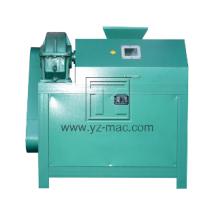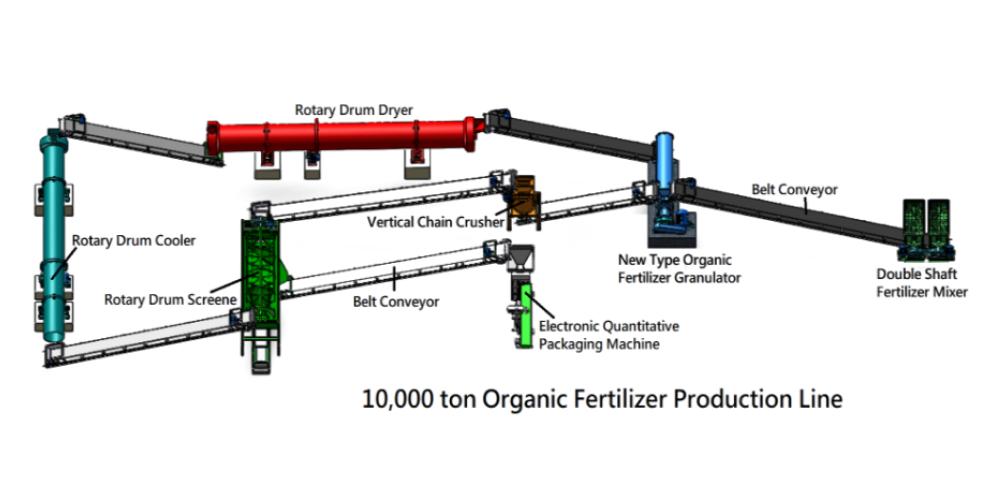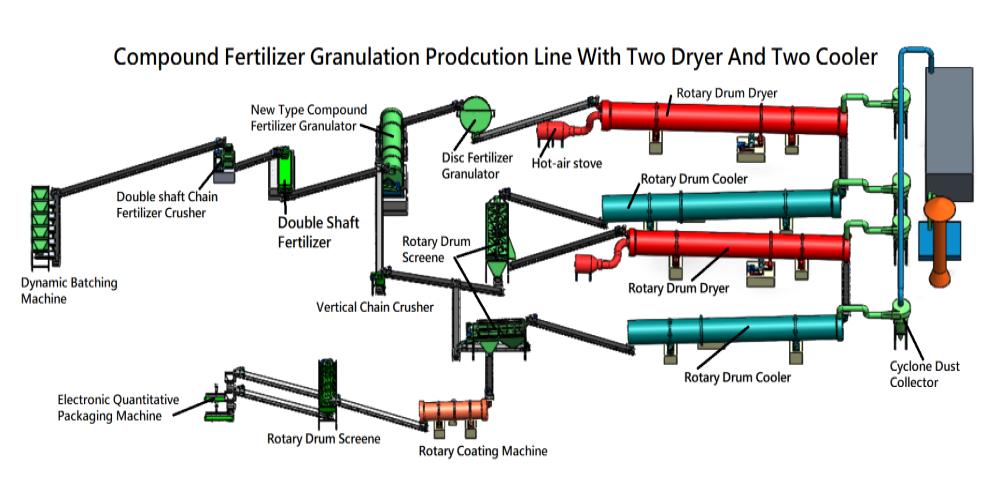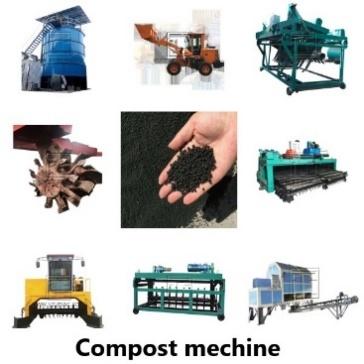Fertilizer mixing
Fertilizer mixing plays a crucial role in agriculture and gardening by ensuring the proper combination of nutrients for plant growth. It involves the blending of different fertilizer components to create a balanced and customized nutrient mixture suitable for specific soil and crop requirements.
Importance of Fertilizer Mixing:
Customized Nutrient Formulation: Different crops and soils have unique nutrient requirements. Fertilizer mixing allows for the customization of nutrient formulations, enabling growers to address specific deficiencies or optimize nutrient ratios according to crop needs. This promotes targeted fertilization and enhances plant growth and productivity.
Efficient Nutrient Distribution: Fertilizer mixing ensures an even distribution of nutrients throughout the fertilizer blend. It prevents nutrient segregation or clumping, providing uniform nutrient availability in the applied fertilizer. This promotes consistent nutrient uptake by plants, minimizing the risk of nutrient imbalances or deficiencies.
Enhanced Nutrient Availability: By combining different fertilizer components, fertilizer mixing improves the availability and accessibility of nutrients to plant roots. It optimizes nutrient solubility, releases nutrients gradually, and promotes better nutrient absorption, leading to improved plant growth, vigor, and overall health.
Methods of Fertilizer Mixing:
Mechanical Mixing: Mechanical mixing involves the use of specialized equipment, such as mixers, tumblers, or blending machines. These machines blend dry or liquid fertilizer components to achieve a homogenous mixture. Mechanical mixing ensures thorough incorporation of nutrients and allows for precise control over the blending process.
Layering or Banding: In this method, fertilizer components with different nutrient compositions are placed in separate layers or bands near the plant roots. This approach allows for targeted nutrient placement and ensures that each crop receives the specific nutrients it requires. Layering or banding is commonly used in row crop cultivation or specific nutrient-demanding crops.
Fluid Fertilizer Injection: Fluid fertilizer injection involves the simultaneous application of liquid fertilizers and irrigation water through fertigation systems. This method allows for precise nutrient delivery to the crop’s root zone, ensuring rapid nutrient absorption and reducing nutrient losses through leaching or volatilization.
Benefits of Fertilizer Mixing:
Balanced Nutrient Supply: Fertilizer mixing enables the creation of balanced nutrient blends tailored to crop requirements. It ensures that all essential nutrients are present in the right proportions, avoiding nutrient deficiencies or toxicities. Balanced nutrient supply optimizes plant growth, flowering, fruiting, and overall crop quality.
Increased Fertilizer Efficiency: Fertilizer mixing enhances the efficiency of nutrient utilization by minimizing nutrient losses. By creating a well-blended and homogeneous fertilizer mixture, it ensures that nutrients are available in the right form and at the right time for optimal plant uptake. This reduces wastage and environmental impact.
Improved Crop Performance: Fertilizer mixing provides plants with a readily available and balanced nutrient supply, promoting vigorous growth, improved stress tolerance, and increased resistance to pests and diseases. It contributes to higher crop yields, improved quality, and overall profitability for growers.
Fertilizer mixing is a vital component of successful nutrient management in agriculture and gardening. By customizing nutrient formulations, ensuring uniform nutrient distribution, and enhancing nutrient availability, fertilizer mixing optimizes plant growth, yield, and quality. Whether through mechanical mixing, layering, or fluid fertilization, the process provides a balanced nutrient supply and improves fertilizer efficiency.








